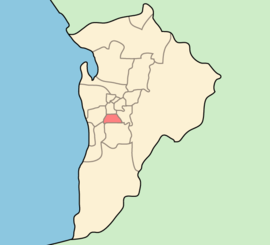The remaining 99% of community-wide emissions originate from residents and businesses comprising: transport (45%), electricity (30%), gas (20%) and waste (5%). The City of Unley doesn't have a formal strategy or a target carbon-neutral date for community-wide emissions but it is encouraging the reduction of waste and transport emissions. It supports and encourages its residents to move food waste into organic bins for composting rather than landfill, and by providing more investment in cycleways and pedestrian friendly streetscapes.
As part of its commitment to the Global Covenant of Mayors for Climate and Energy, the City of Unley will need to set a community-wide emissions reduction goal. In 2022, the City of Unley commissioned market research surveys using focus groups to better understand community views on climate change, barriers to community emissions reduction, and to gather ideas for how Council can support community emissions reduction. [17]
To help guide future work to support reduction of community-wide emissions, the City of Unley wanted to understand the breadth of community's views on climate change. As such, focus groups were used to support hearing a spectrum of views, rather than just the strong community voices for or against climate change action.
Key feedback from focus groups
A total of 43 residents in 5 community focus groups across Council wards took part. The most common responses to the question: "How can the community reduce its emissions?" were:
• Retain green spaces and trees and plant more
• Drive less – ride walk, catch public transport, or use electric vehicles
• Use less energy at home
• Create less waste and recycle better
• Install household solar generation and storage
• Build sustainable houses
• Use consumer and citizen influence
• Change attitudes of those around you
The most common responses to the question: "What can Council do to help reduce community emissions?" were:
• Advocate for more renewable and affordable energy and vehicles
• Support community solar or bulk purchase schemes
• Provide additional waste management services
• Provide green streets and public spaces
• Provide safe and attractive walking and cycling routes
• Advocate to State government for better public transport
• Educate the community about how to reduce their environmental footprint
• Improve development outcomes through assessment and advocacy for policy reform
• Provide grants, incentives and rebates for greening and sustainability improvements
• Lead by example with technology adoption


